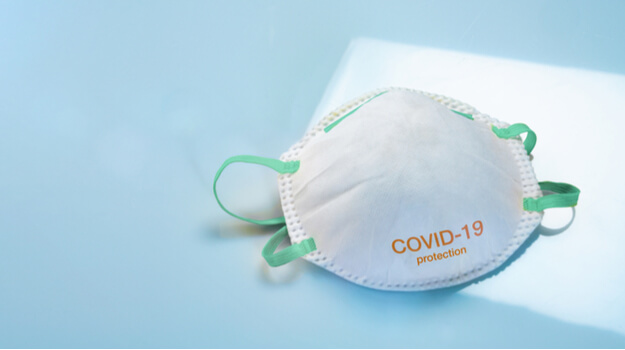NanoViricides, based in Shelton, Connecticut, outlined its approach to developing therapies against COVID-19 at the LD 500 investor conference yesterday. Anil R. Diwan, company president and executive chairman, indicated that since January 2020, they have been working with very limited resources and boot-strapping on the company’s past work against coronaviruses, but is close to announcing a clinical candidate.

On July 8, the company announced it had tested three different drug candidates at three different dosage levels in mice and they were safe and well tolerated. The nanoviricides, as they are called, act by a novel mechanism of action, trapping viral particles like, the company said, the “’Venus-fly-trap’ flower does for insects.” They compare this to antibodies, which “only label the virus for other components of the immune system to take over.”
The nanoviricide approach would be broad-spectrum, and would likely work even if the SARS-CoV-2 virus mutates. The early work on the development candidates have demonstrated effectiveness against multiple coronaviruses in the company’s BSL2 Virology Lab, as well as effective in an animal study against a related coronavirus that uses the same ACE2 receptor as SARS-CoV-2.
As a result, NanoViricides completed Chemistry, Manufacture, and Controls (CMC) studies that would be needed for an Investigational New Drug (IND) application to the U.S. Food and Drug Administration (FDA). It is working on the IND for the COVID-19 drug candidate now and running more studies to finalize the clinical candidate.
Diwan also discussed the company’s plans on an “integrated approach” to fighting COVID-19 based on the two parts of the virus lifecycle: first, re-infection of a host cell by external virus after primary infection from outside the body, and second, replication of new virus particles in infected cells, which leads into a re-infection cycle. Diwan says that if both parts of the viral lifecycle can be blocked, a virus infection could be cured except in cases of latent viruses.
A nanoviricide is able to attack both parts of the viral lifecycle. The nanoviricide is designed to block the re-infection cycle and can also carry a payload to block the replication cycle. In the case of their candidates, they have successfully loaded Gilead’s remdesivir inside the nanoviricides, which they believe will be superior to remdesivir alone. They are currently testing them in preclinical studies.
Remdesivir inhibits the replication cycle by blocking the RNA polymerase activity. The company notes that also it was very effective in cell cultures against a broad range of viruses, it has been more limited in human clinical studies, likely because of how fast it is metabolized inside the bloodstream. Encapsulation in a nanoviricide should protect the drug from the metabolism, which would improve its clinical effect.
The company’s nanoviricides are biomimetics, meaning they are designed to resemble the cell surface of the virus. This allows direct attacks at multiple locations on a virus particle. This is believed to making the virus ineffective at infecting cells.
After it files the IND for a COVID-19 drug candidate, NanoViricides plans to re-engage its NV-HHV-101 shingles drug candidate clinical trials program toward an IND. This program was put on hold due to the COVID-19 pandemic.
On June 23, the company announced it had filed a quarterly report for the period ending March 31, and it had about $6.44 million in cash. It had raised in May about $10.22 million in a registered direct offering of 1.4 million shares of common stock. It believes it has sufficient funding for planned expenditures for the “ensuing year.”
